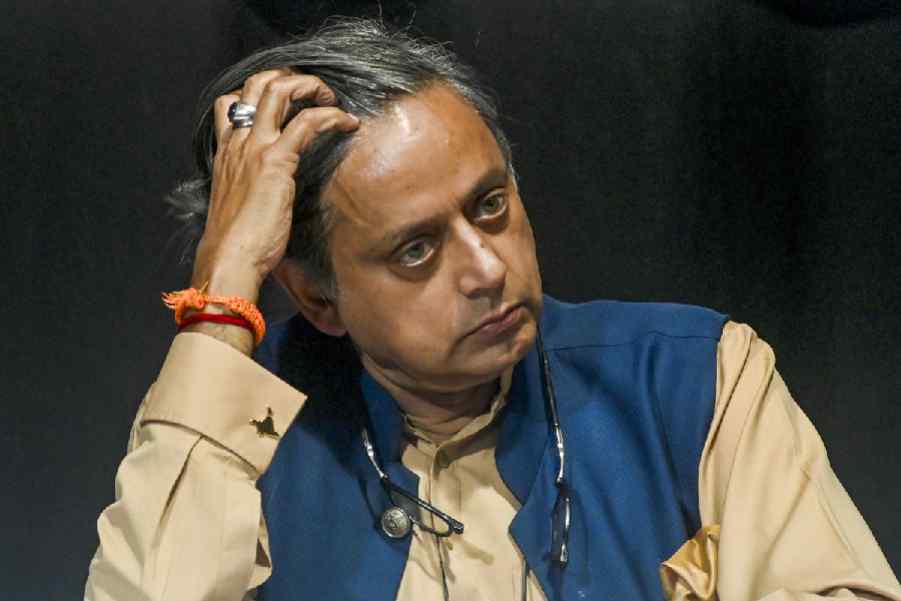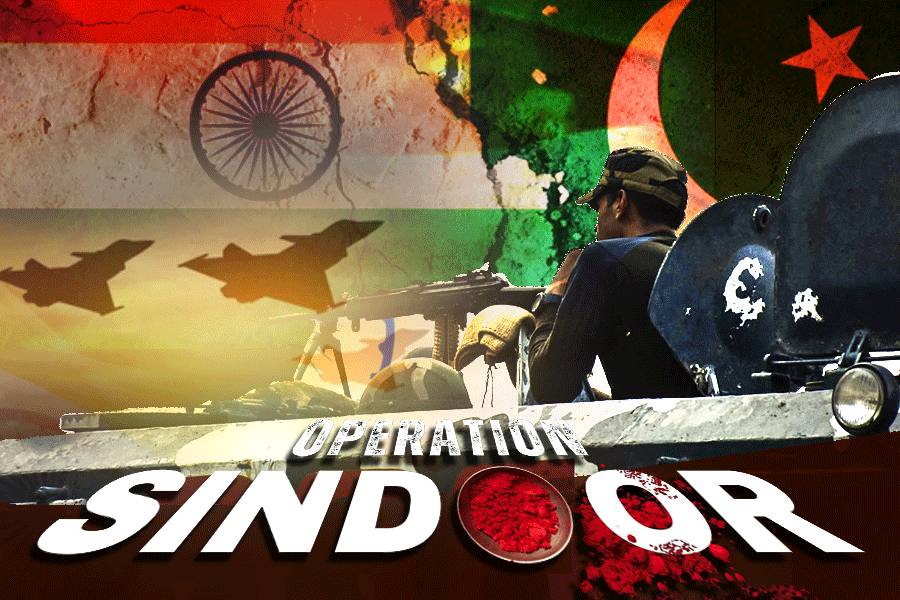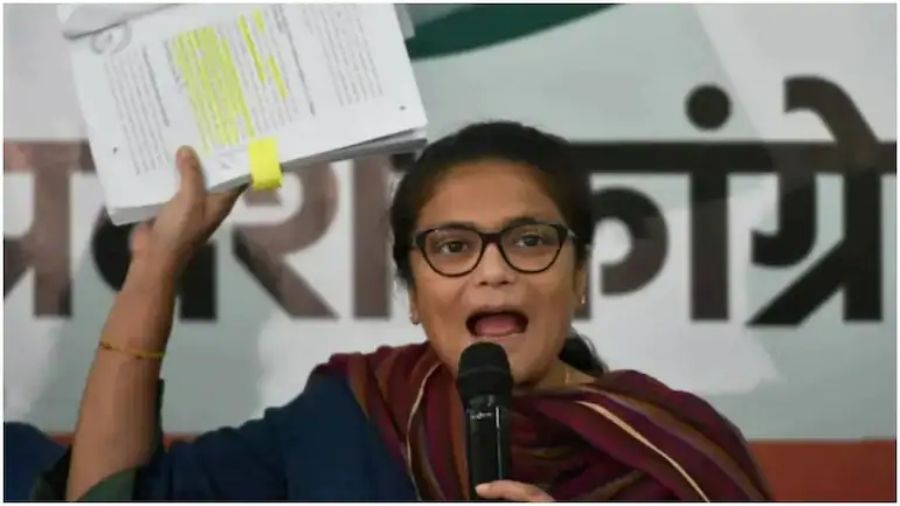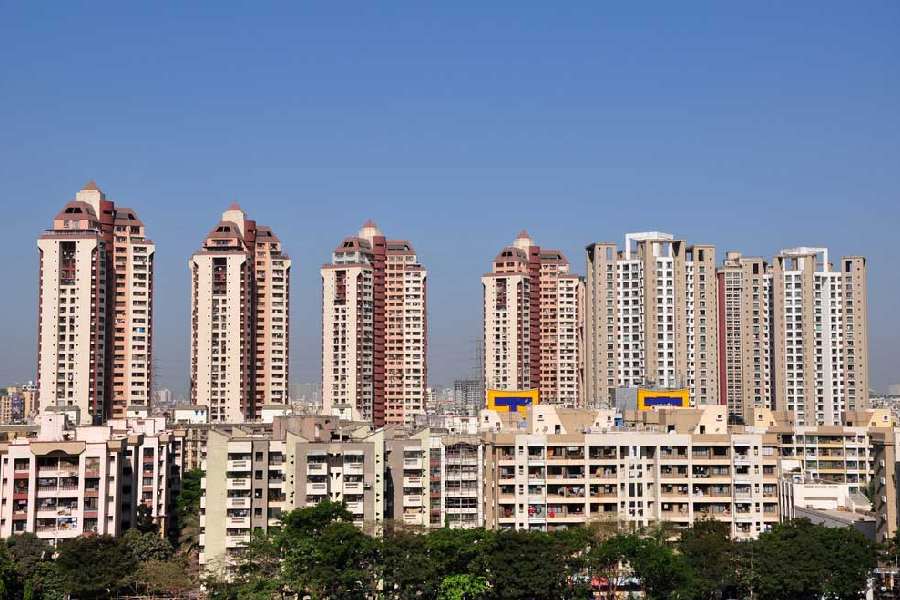 |
Calcutta, Nov. 25: The Centre has questioned the existence of Calcutta Port, asking why it should continue operations relying on subsidy.
In a letter to the Calcutta Port Trust chairman, a shipping ministry official has said he must explain the need to retain a river port when the country has such a long coastline.
The Centre gives Calcutta Port Trust Rs 300 crore to Rs 350 crore every year to maintain the Hooghly’s draft in the city and in Haldia, about 90km downstream.
The shipping ministry has asked the port trust to explain why it should be in operation despite being a burden on the national exchequer. It needs the answers apparently to place its request before the finance ministry for a grant to save the silt-choked ports. After the finance ministry gives its nod, the Union cabinet has to clear it.
Acting port trust chairman Anindya Mazumder was reluctant to attach much importance to the questions raised by the shipping ministry, saying it was a routine exercise. “They had asked the questions. We have replied and we haven’t heard from them any further. This implies they are satisfied with our reply,” he said.
Mukul Roy, the minister of state for shipping from Mamata Banerjee’s party, could not be contacted for comment.
The Haldia port is facing an acute problem because of low river draft — allowable depth of a ship’s keel under water — which has restricted movement of even mid-sized ships.
Experts are divided on what is going wrong but many blame the India-Bangladesh water-sharing agreement of 1996 for the port’s poor health.
Since a substantial volume of water gets diverted towards Bangladesh from Farakka in Murshidabad, the Hooghly’s share has waned and is unable to wash away the silt naturally.
Then Bengal chief minister Jyoti Basu had raised the port trust’s concerns with Prime Minister H.D. Deve Gowda. On December 12, 1996, Gowda wrote back, promising to subsidise the cost of dredging and assuring Basu that the arrangement would continue in the future.
Ironically, the biggest beneficiary of the port trust’s dredging expenditure is the Centre’s Dredging Corporation of India. The port is barred from hiring any other firm.
The recent letter from the Centre said the continuation of Calcutta port appeared to be a “liability” since it was built by the British in the 1870s to cater to small ships.
It was also asked why 90 per cent of the port trust’s workforce was in Calcutta, though the Haldia port handled almost 90 per cent of the cargo.
Although the shipping ministry’s letter is severe on Calcutta port, the reality is that the bulk of the dredging budget is allocated to maintain the draft at Haldia. The channel called Rangafalla, which Calcutta-bound ships take, hardly needs dredging.
A senior port trust official said the only way for the port to increase revenue to meet the dredging costs was to jack up its cargo handling fees.
The Calcutta port might complain that it has been hard done by over the years. In 1996, the Deve Gowda government had promised to finance river regulatory work and capital dredging — the removal of soil from the riverbed to increase depth. A proposal from the port trust to do that is hanging fire for over eight years.
In the meantime, the draft at Haldia has gone down to 6.4 metres.











